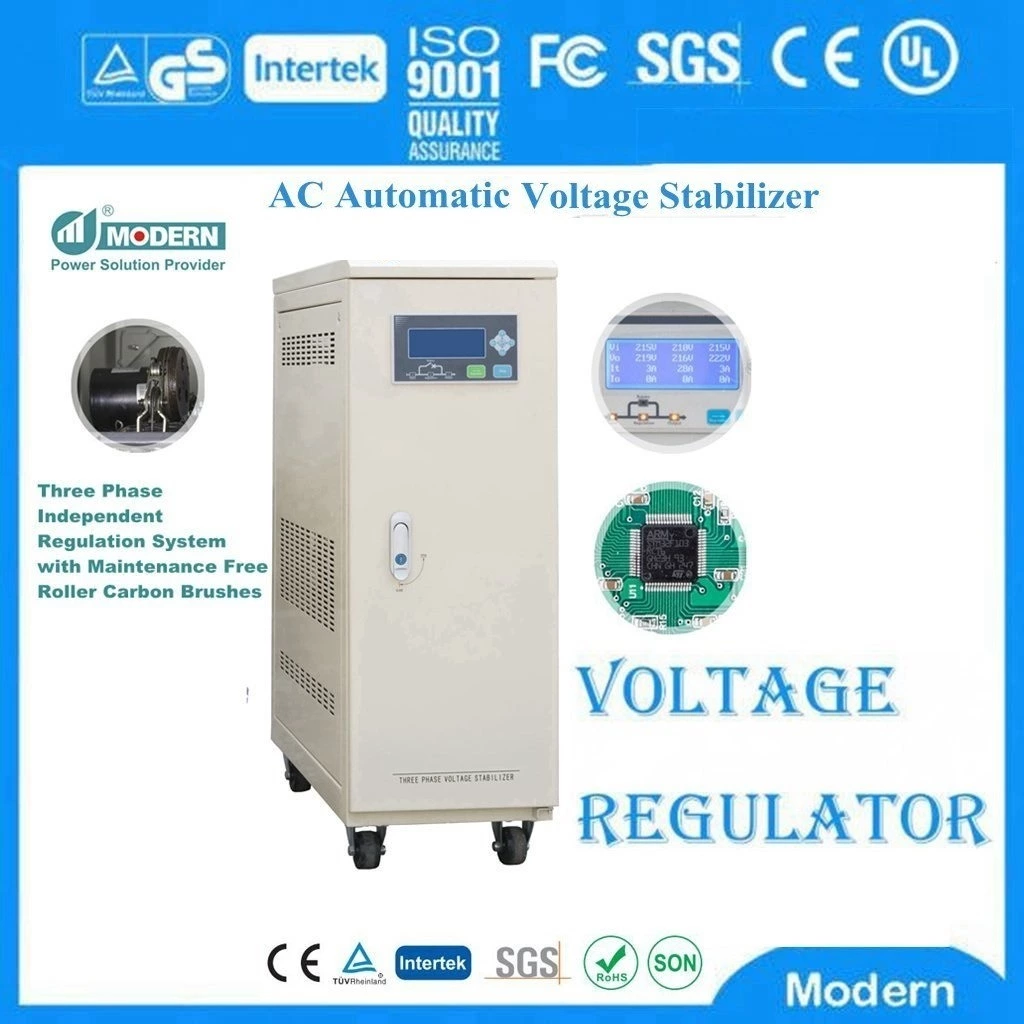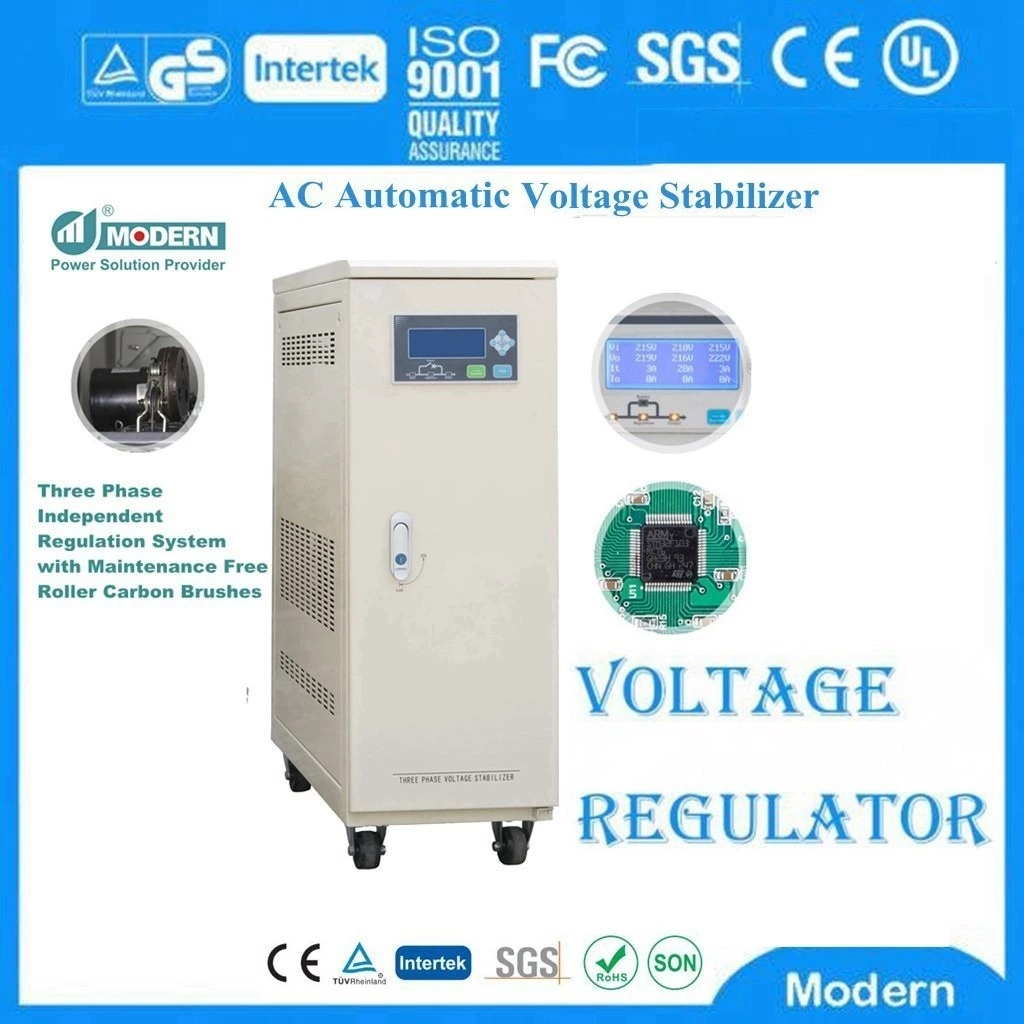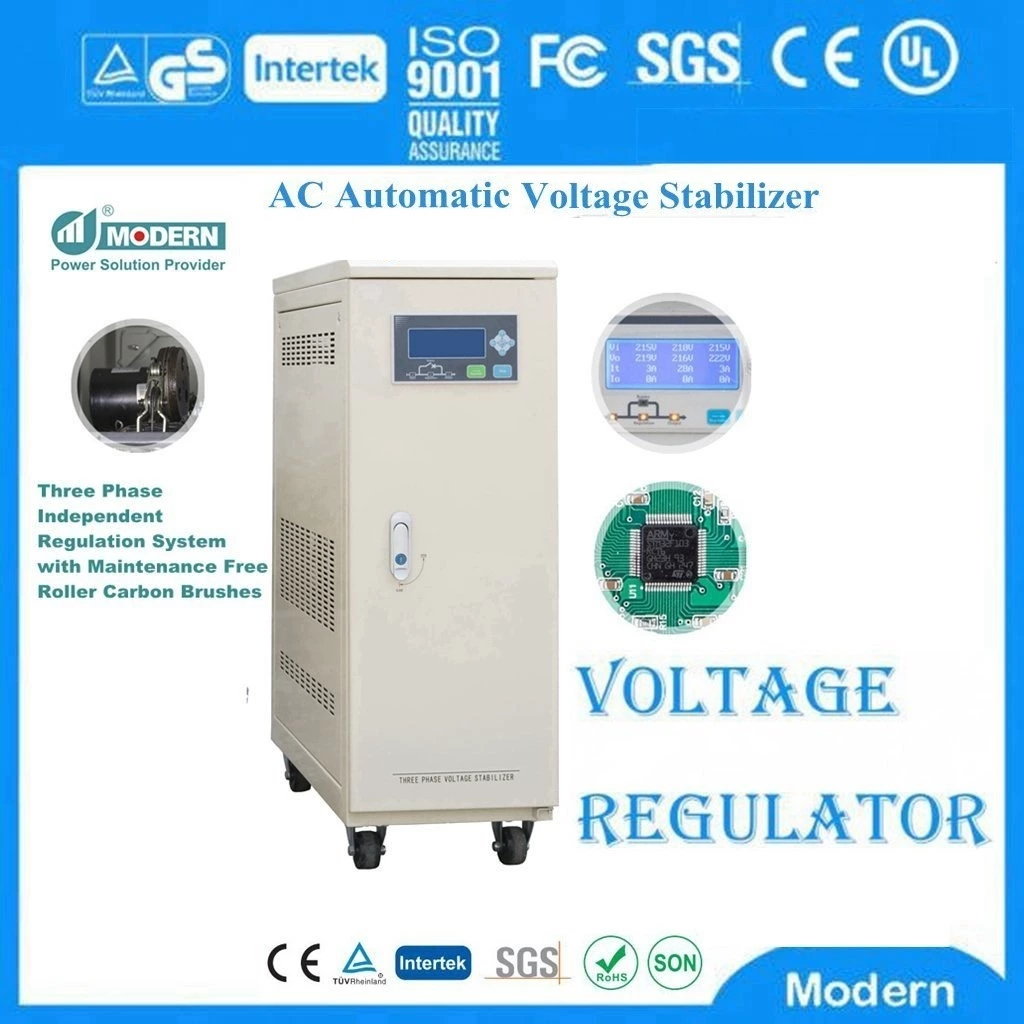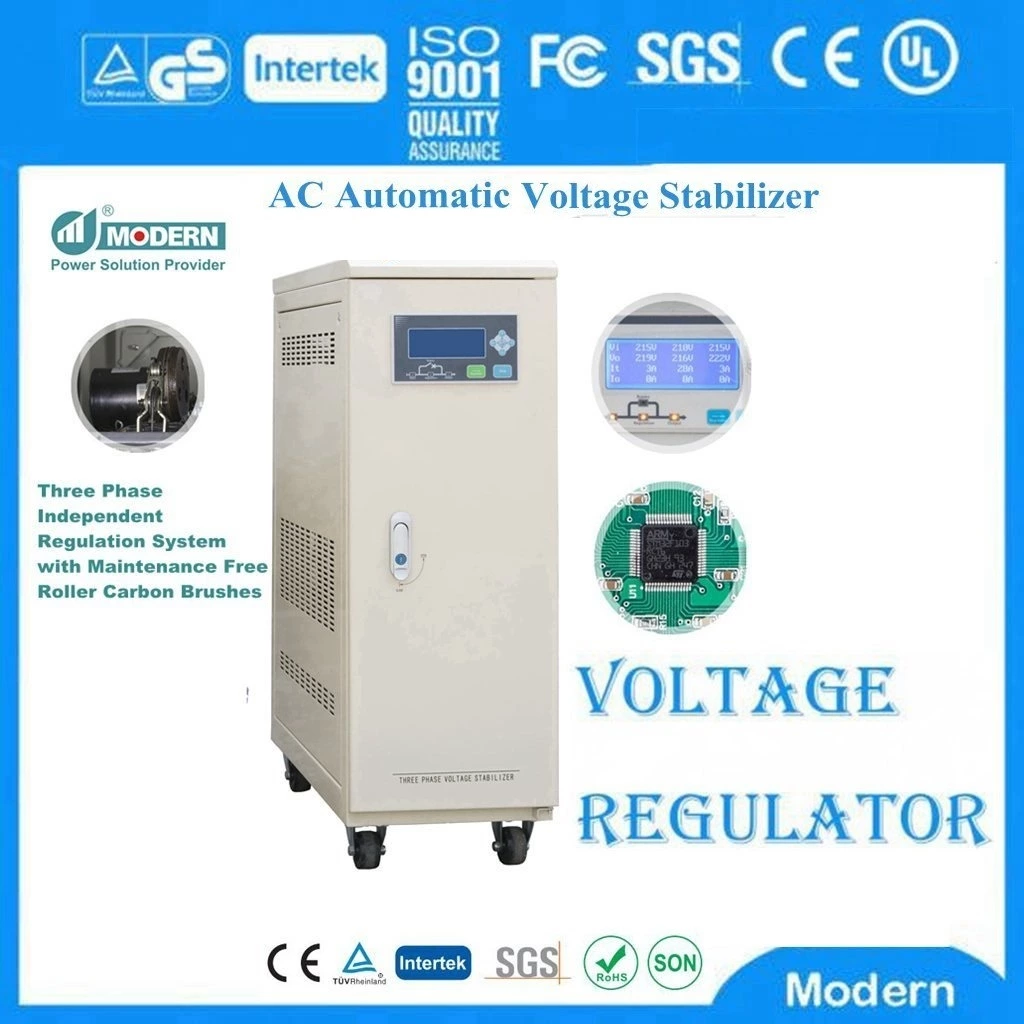What Is A Constant Voltage Transformer?
Constant Voltage Transformer(CVT) is an electrical device used to maintain a stable output voltage. Its core function is to ensure that the output voltage always remains within the set range by adjusting the input voltage. The following are the main features and working principles of constant voltage transformers:
Core function:
The main purpose of the constant voltage transformer is to maintain the stability of the output voltage when the input voltage fluctuates or the load changes.
Working principle:
The constant voltage transformer monitors the input voltage and output voltage in real time through the internal adjustment circuit (such as servo motor, control circuit, etc.). When the input voltage or load changes, the control circuit will sample, compare and amplify, and then drive the servo motor to adjust the coil turns ratio to maintain the stability of the output voltage.
Difference from ordinary transformers:
Ordinary transformers are mainly used for voltage rise and fall conversion, while constant voltage transformers focus on the stable output of voltage. Ordinary transformers change the voltage through the principle of electromagnetic induction, while constant voltage transformers add a voltage stabilization function on this basis.
Application scenarios:
Constant voltage transformers are widely used in occasions with high requirements for voltage stability, such as precision instruments, medical equipment, industrial control systems, etc., to ensure that these devices operate normally under stable voltage.
Technical advantages:
Constant voltage transformers can effectively avoid equipment damage or performance degradation caused by voltage fluctuations, while also improving the operating efficiency and life of the equipment.
In summary, constant voltage transformers are devices that maintain output voltage stability by adjusting input voltage, and are widely used in situations where high voltage stability is required.
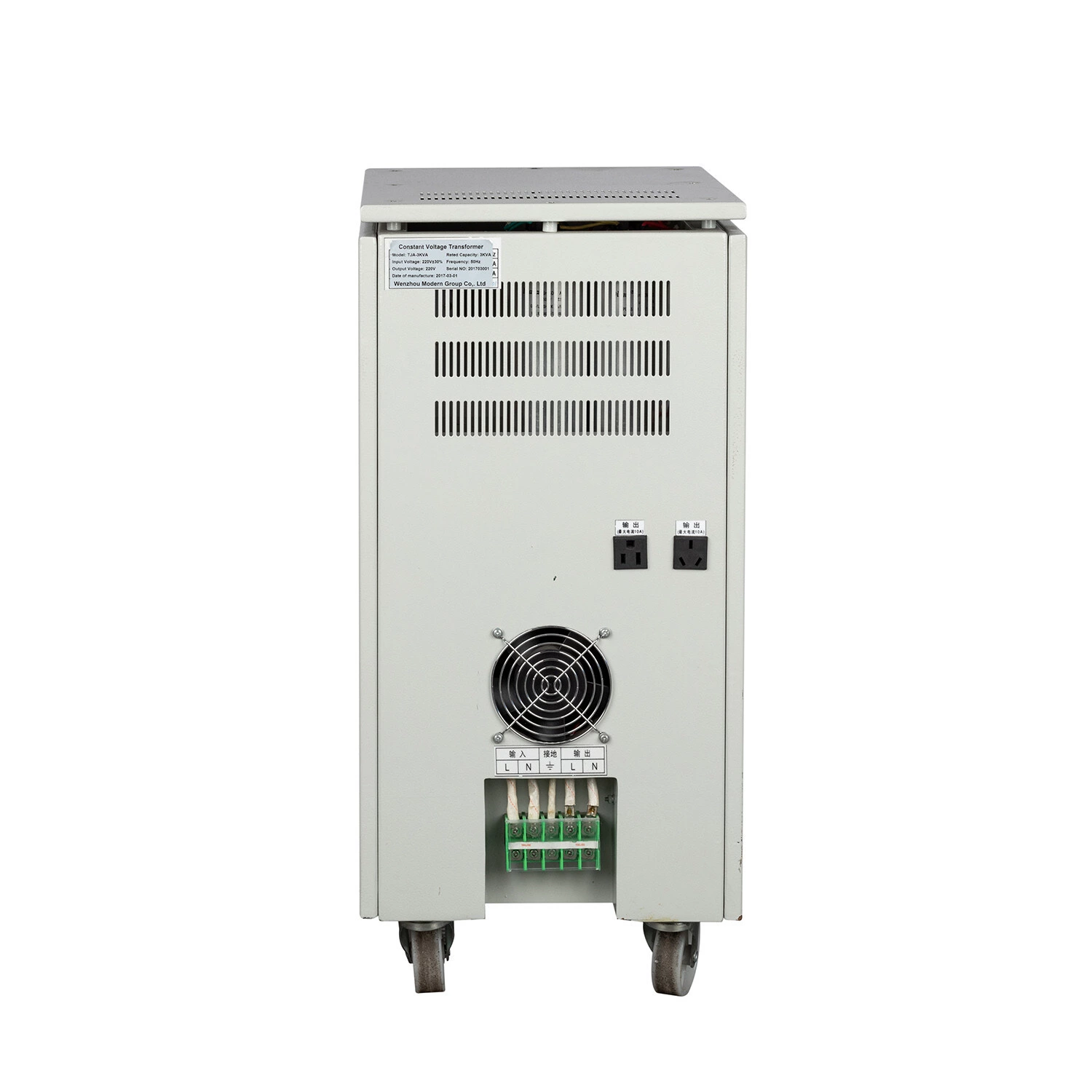
 Русский
Русский
 Français
Français
 Português
Português
 Español
Español
 اللغة العربية
اللغة العربية

